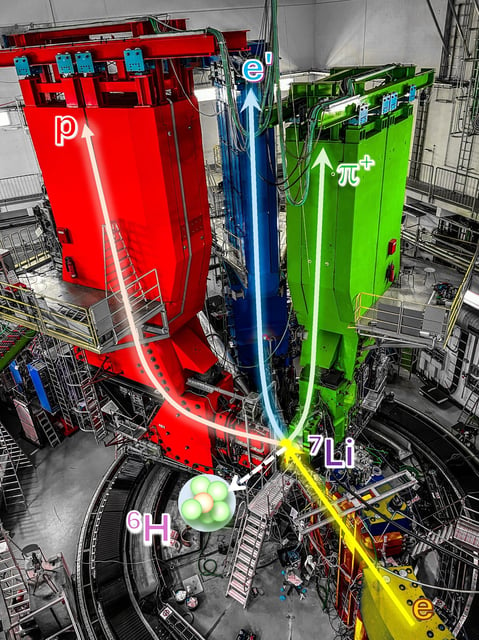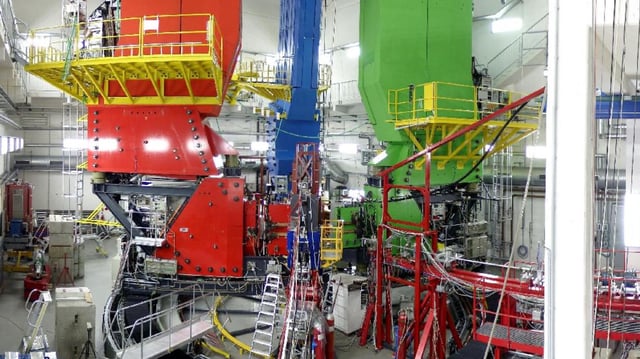Overview
- Researchers at the Mainz Microtron (MAMI) successfully produced and measured the neutron-rich isotope hydrogen-6 for the first time using advanced electron scattering techniques.
- The experiment revealed a notably low ground-state energy for hydrogen-6, indicating stronger neutron interactions than current nuclear models predict.
- A novel two-step process involving an 855 MeV electron beam and a lithium-7 target enabled the production of hydrogen-6, with three high-resolution spectrometers detecting the resulting particles in coincidence mode.
- The month-long campaign, conducted by the A1 Collaboration with international partners from Germany, China, and Japan, observed approximately one event per day due to the rarity of the reaction.
- Findings challenge existing multinucleon theories and open new avenues for studying neutron-rich systems, with implications for nuclear physics and astrophysical models of neutron stars.

